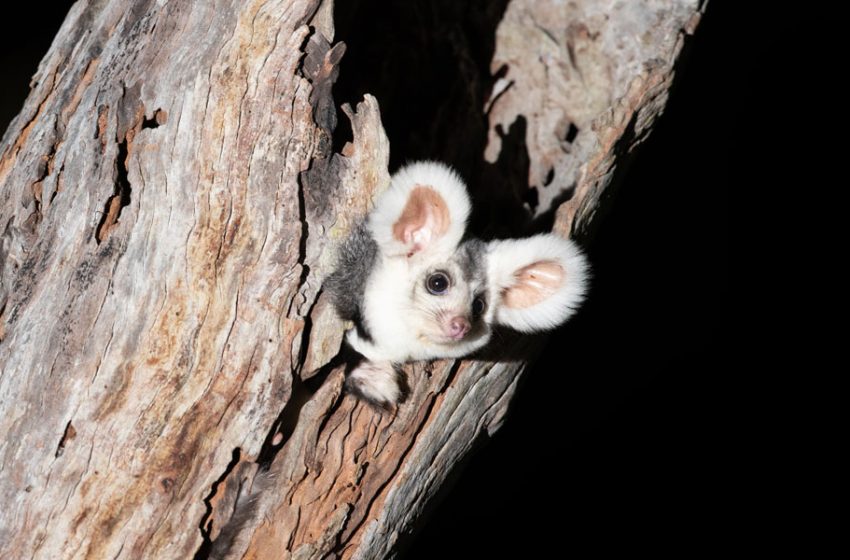
Sidney, Europe Brief News – Australia has suffered a horrific demise of arguably the world’s most remarkable mammal assemblage, around 87% of which is found nowhere else.
Thirty-eight native mammal species have been driven to extinction since colonisation and possibly seven subspecies.
A further 52 mammal species are classified as either critically endangered or endangered, such as the southern bent-wing bat, which was recently crowned the 2022 Australian Mammal of the Year. Fifty-eight mammal species are classed as vulnerable.
Many once-abundant species, some spread over large expanses of Australia, have greatly diminished and the distributions of their populations have become disjointed.
Such mammals include the Mala (rufous hare-wallaby), Yaminon (northern hairy-nosed wombat), Woylie (brush-tailed bettong) and the Numbat.
This means their populations are more susceptible to being wiped out by chance events and changes – such as fires, floods, disease, invasive predators – and genetic issues.
The ongoing existence of many species depends greatly upon predator-free fenced sanctuaries and offshore islands.
Without substantial and rapid change, Australia’s list of extinct mammal species is almost certain to grow.
Many extinct species were ground dwellers, and within the so-called “critical weight range” of between 35 grams and 5.5 kilograms. This means they’re especially vulnerable to predation by cats and foxes.


